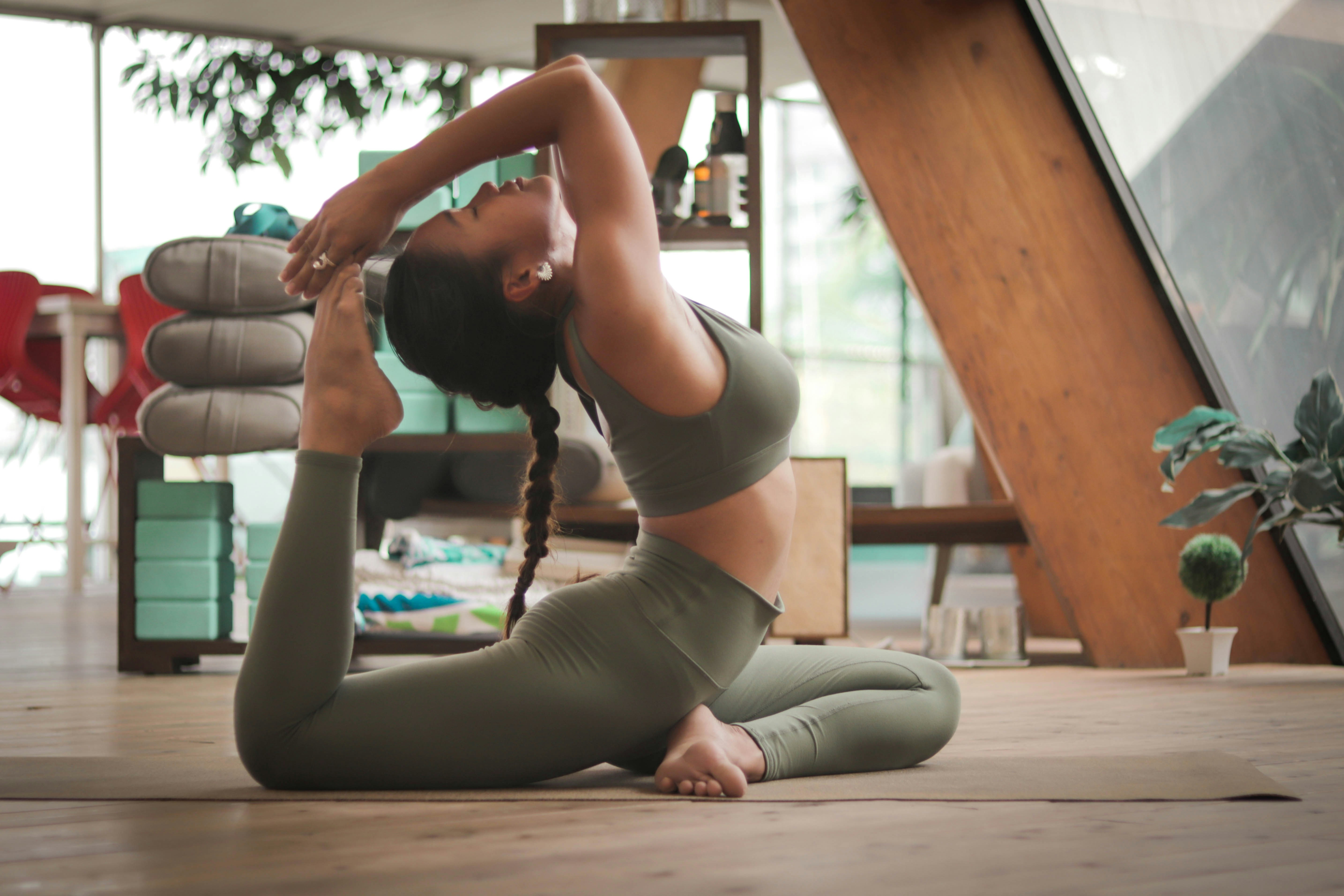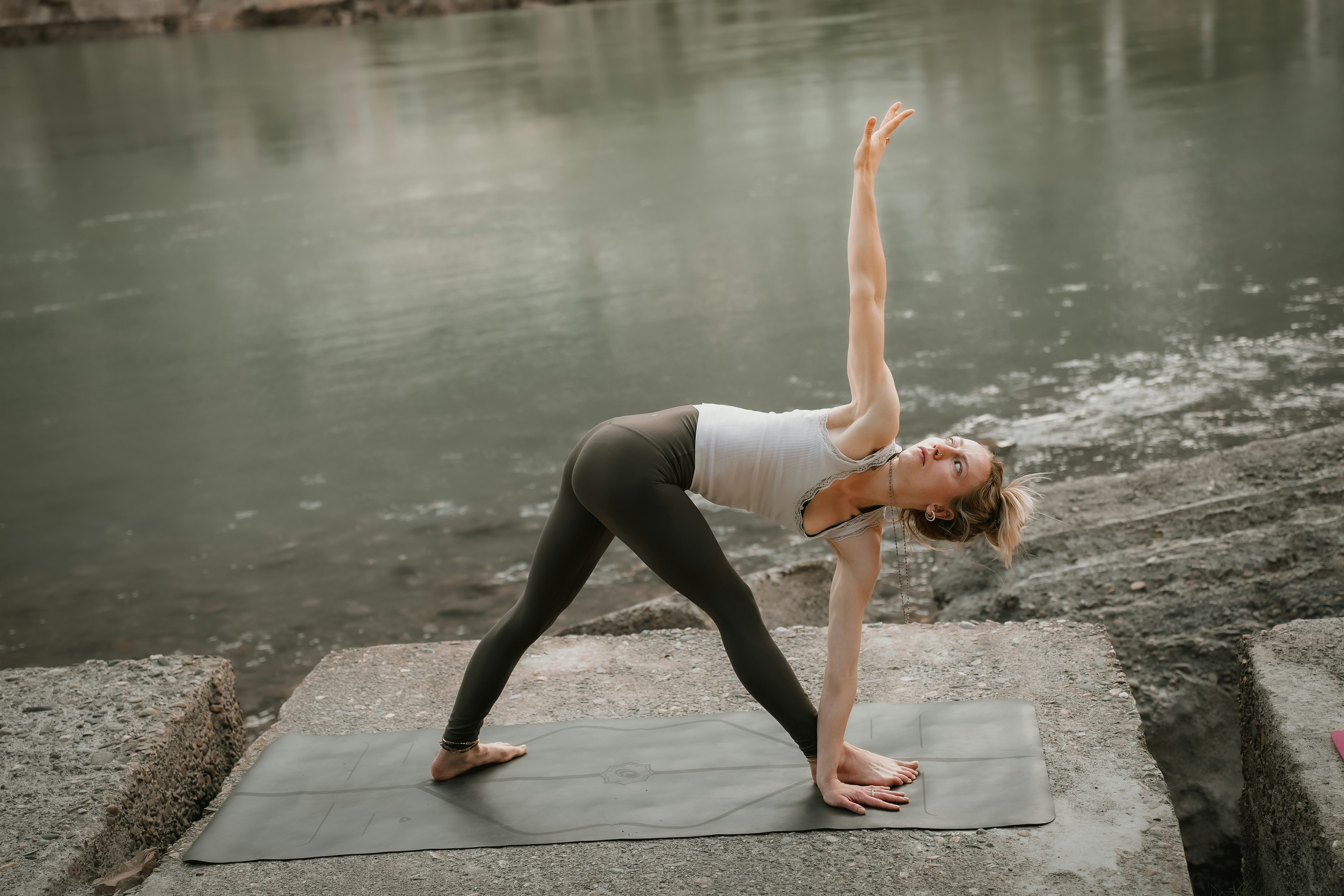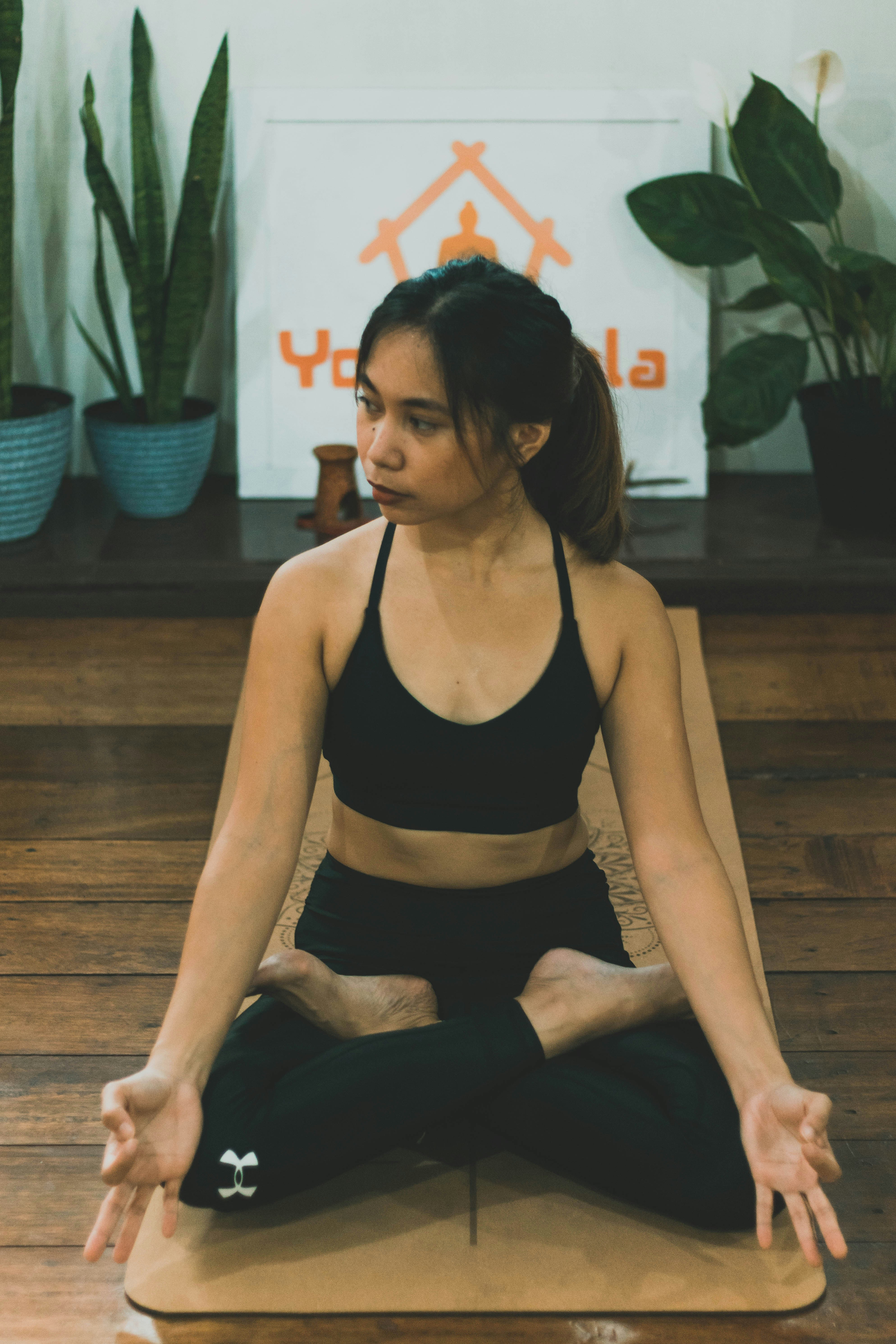
Understanding the Benefits of a Home Yoga Practice
Establishing a home yoga practice offers a multitude of physical and mental health benefits that can significantly enhance one’s quality of life. Physically, engaging in regular yoga significantly increases flexibility, enabling the body to achieve a broader range of motion while reducing the risk of injuries. Furthermore, consistent practice on your yoga mat promotes the development of strength, particularly in core muscles, which supports overall stability and balance. Improved posture is another critical benefit, as yoga helps in aligning the spine and enhancing body awareness, leading to a more upright and confident stance.
Beyond physical enhancements, the mental health benefits associated with a home yoga practice are equally noteworthy. Many practitioners find that yoga serves as an effective antidote to stress, as it encourages mindfulness and promotes relaxation. The incorporation of breathing techniques during practice aids in calming the mind, which can provide relief from anxiety and create a sense of peace. Furthermore, focusing on the pose and breath during yoga cultivates enhanced concentration and mental clarity, making it easier to navigate daily challenges.
Practicing yoga at home also allows for a highly personalized experience. Individuals can tailor their routines to align with their specific goals and preferences, whether that be to build strength, enhance flexibility, or achieve mental calmness. Additionally, the convenience of a home setup means that yoga can easily fit into even the busiest of schedules. There is no need for travel or adherence to class times, allowing practitioners to engage with their mat whenever it suits them best. This level of adaptability fosters a deeper connection between the practitioner and their body, cultivating a rich and fulfilling yoga journey.
Setting Up Your Yoga Space at Home
Creating a dedicated space for your yoga practice at home is essential for cultivating a serene and inviting atmosphere that encourages regular engagement. The first step in this process is selecting the right location. Ideally, find a quiet area in your home that is free from distractions. This could be a spare room, a cozy corner of your living room, or even a peaceful spot in your garden. Proximity to nature, if possible, can enhance your practice by instilling a sense of calm.
Next, consider the flooring that will best suit your yoga practice. A quality yoga mat is crucial, as it provides the necessary grip and cushioning for various poses. If a hard surface feels uncomfortable, you may opt for a soft carpet underneath your mat to ensure support. Ensure that the space allows enough room for you to move freely in all directions while performing your practice.
Light and ventilation also play a vital role in creating a conducive environment for yoga. Natural light can uplift your spirits, so choose a location with ample sunlight during the day. You may also consider installing adjustable window coverings to modify the light intensity based on your preference. Furthermore, good air circulation is necessary; opening windows or utilizing a fan can help prevent stuffiness, allowing you to breathe easily through your practice.
Adding personal touches to your yoga space can further enhance your experience. Consider incorporating plants, which can purify the air and add a touch of tranquility to the space. Calming colors such as soft blues or greens on the walls can create a peaceful ambience. You may also display inspiring artwork or quotes that resonate with your yoga journey. Lastly, minimizing any distractions—such as loud gadgets or clutter—will foster an environment of focus, enabling a deeper connection to your practice.
Developing a Personal Yoga Routine
Creating a personal yoga routine that aligns with one’s individual needs and goals is essential for fostering a sustainable practice. The first step in this process is determining the duration of each session. Beginners might start with 20 to 30 minutes, gradually increasing this to accommodate longer sessions as their comfort and stamina improve. This initial timeframe can serve as a foundation, allowing flexibility as individuals progress and adapt their practice over time.
Next, selecting the right yoga style is crucial. Different styles cater to varying needs and preferences. For instance, Hatha yoga is often recommended for beginners due to its slower pace and focus on basic postures. Conversely, Vinyasa offers a more dynamic approach, linking breath with movement, making it suitable for those looking to build strength and endurance. Yin yoga, on the other hand, incorporates longer-held postures that encourage deep stretching and relaxation, appealing to those seeking mindfulness and tranquility within their practice. Understanding these distinctions allows practitioners to choose a style that resonates with their goals.
Once the duration and style are established, incorporating specific poses and sequences becomes the next focus. Beginners may benefit from a balanced sequence that includes standing poses, seated stretches, and restorative asanas. Resources such as yoga apps and online classes can provide guided instructions, making it easier to learn poses and sequences effectively. Additionally, these platforms often offer classes tailored to different skill levels, allowing for a more customized experience.
As individuals progress in their practice, it’s important to adjust routines based on physical conditions or available time. Listening to one’s body and modifying poses as necessary ensures a safe and effective yoga practice. Ultimately, the development of a personalized yoga routine should be an evolving journey that embraces individual growth and well-being.
Staying Motivated and Committed to Your Practice
Maintaining motivation and commitment to a home yoga practice can pose challenges, but there are several effective strategies to enhance your consistency. First, setting realistic and achievable goals is crucial. This not only provides direction but also allows for incremental progress that can be rewarding and encouraging. Whether your objective is to enhance flexibility, strength, or mindfulness, establishing clear targets can keep you focused on your yoga journey.
A practice journal can serve as a valuable tool for tracking your progress and reflecting on your experiences. By noting down your thoughts, feelings, and any physical changes you notice over time, you cultivate a deeper connection with your practice. Recording your sessions can increase accountability and serve as a source of inspiration during moments of doubt or stagnation.
Finding accountability can also bolster motivation. Engaging with online yoga communities or involving friends in your practice creates a supportive network where you can share experiences and encouragement. Group classes, even virtually, can inject enthusiasm into your routine and provide opportunities for idea exchange, enhancing your understanding and enjoyment of yoga.
Variety is another key aspect of maintaining interest in your home practice. Exploring different styles of yoga, such as Hatha, Vinyasa, or Yin, can introduce fresh challenges and insights into your routine. Additionally, incorporating various durations and intensities can keep your practice dynamic and engaging.
Lastly, self-compassion is vital when cultivating your yoga practice. Embracing flexibility in your approach allows you to honor your body and mental state, letting go of perfectionism and judgment. Assessing your needs—whether a gentle restorative session or an invigorating flow—encourages growth and enjoyment in your yoga journey. Consistently practicing self-kindness nurtures a sustainable mindset that thrives in the long run.



Leave a Reply